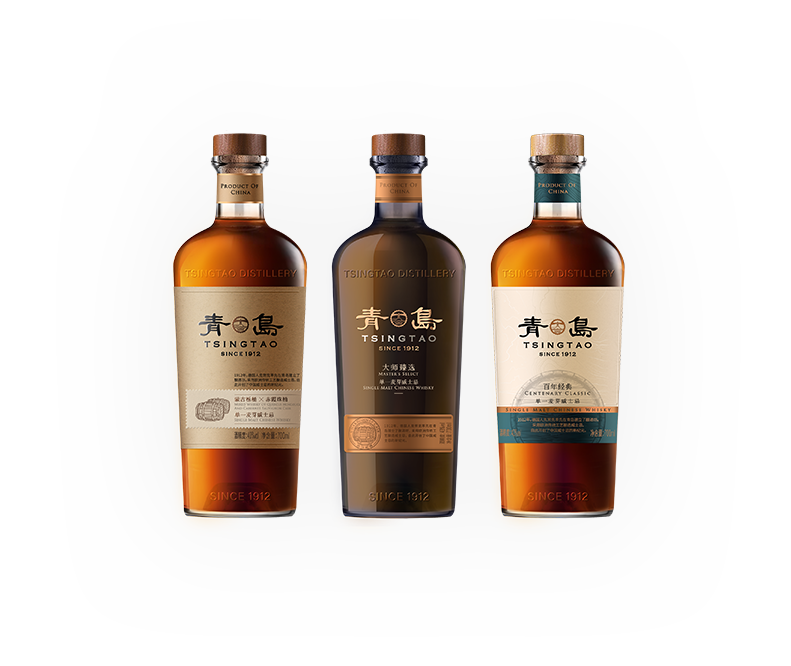



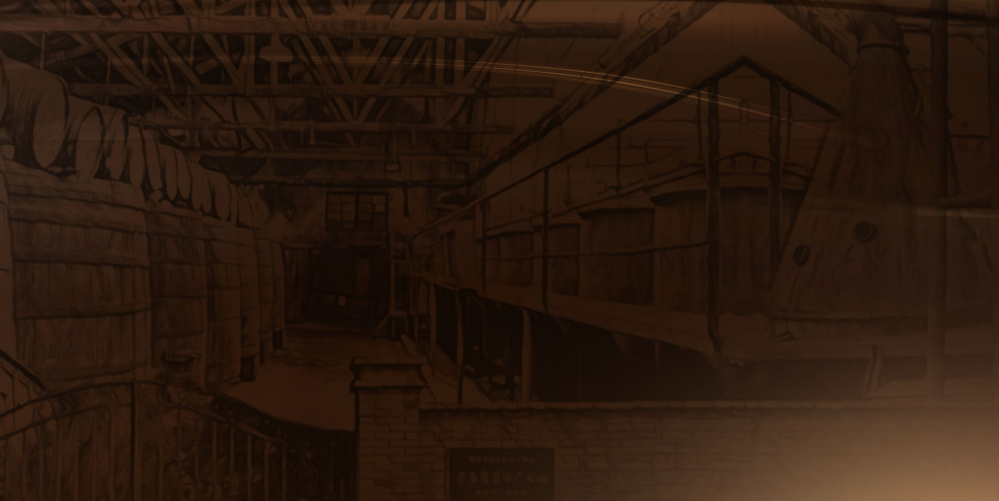
If China wants to develop its own whisky and build its own whisky brand, I believe Qingdao has natural advantages.
At this point, there will definitely be some big shots running out and saying, "What are the advantages of Qingdao? Is it Qingdao based on it? What are the advantages of Qingdao
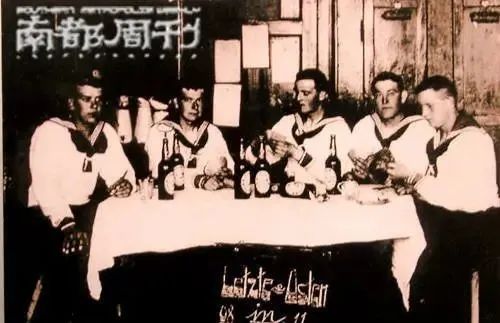
Of course, Qingdao is considered an advantage. You may have heard that Qingdao beer was born during the German colonial period in the early 19th century, but what you don't know is that the first bottle of whiskey produced domestically in China was born in 1912 after this. Genhongmiao Zheng has a huge advantage in the whisky industry, which makes good use of historical stories.
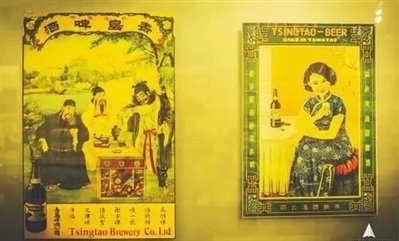
Let's briefly talk about our domestic whiskey. Just as you may not have known, the first bottle of domestically produced whisky was born long ago, and Qingdao whisky is still shining brightly in the history of whisky for over a hundred years.
The story starts from Qingdao a hundred years ago.
In 1891 (the 17th year of the Guangxu reign of the Qing Dynasty), the Qing government decided to establish fortifications in Jiaoao, and Qingdao was built here. On November 14, 1897, Germany occupied Qingdao under the pretext of the "Juye case", and Qingdao became a colony.
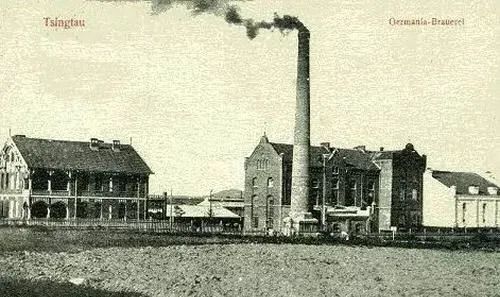
Germans are both addicted to beer and skilled at brewing. On August 15, 1903, British and German merchants jointly funded the construction of a brewery, but initially the main focus was on brewing beer. It was also the predecessor of Qingdao Beer later on.
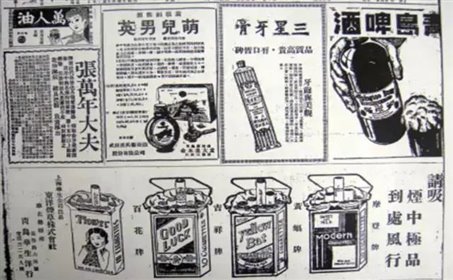
But while brewing beer, Germans were not idle either, trying to brew whiskey. Finally, in 1912, Qingdao gave birth to the first bottle of whiskey produced domestically in China.
Qingdao has a unique geographical location and is a "battleground for military strategists". In 1914, Japan replaced Germany for colonial rule until 1922 (after the May Fourth Movement, Qingdao returned to its motherland).
Subsequently, the German distillery was taken over by the Japanese, who advanced in craftsmanship and continued to produce whiskey and various spirits. At that time, the spirits produced in Qingdao, like beer, were mostly for foreigners to drink and were the favorite of foreign sailors. The vast majority of them were exported to other countries by commercial ships from various countries, so most of the trademarks were mainly in English.
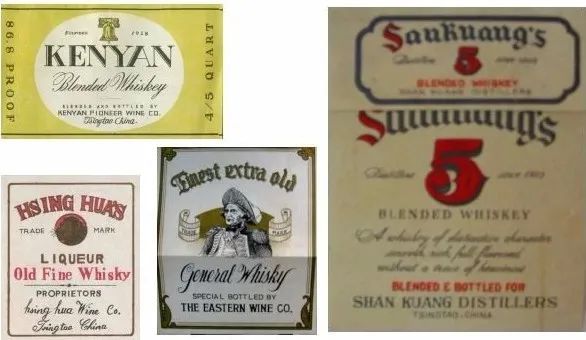
Historical materials of Qingdao whiskey preserved by Qingdao Dixun Foreign Liquor Co., Ltd
In 1938, Japan once again occupied Qingdao, and after experiencing turmoil, Qingdao Whiskey Distillery also experienced a very difficult period, closing and opening, opening and closing.
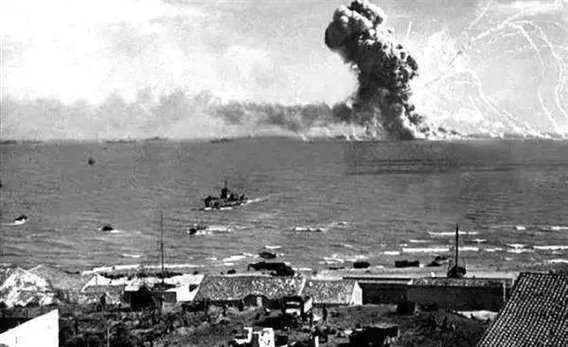
During the outbreak of World War II, it was no longer possible to import foreign liquor, so some powerful distilleries began to increase production capacity to ensure domestic supply. Under Japanese occupation, a large number of Japanese sake factories emerged during this period, with a maximum of over 60, while whiskey production capacity only continued.
This difficult situation continued until 1945 and 1946. After the liberation of Qingdao, society gradually stabilized, and some private capital used equipment, craftsmanship, and technology left by Germany and the Japanese to establish their own distilleries.
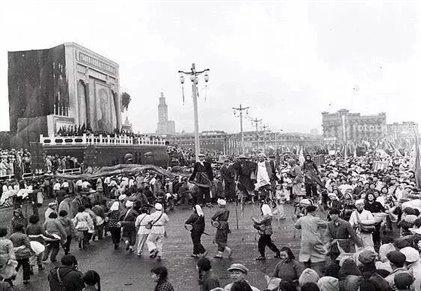
During this period, as many as a dozen liquor factories were established like mushrooms after a rain, including Yutian Brewery, Baona Brewery, Meiquan Soda Brewery, Yufeng Wine Brewery, Ruifeng Brewery, Bohai Brewery, Xinghua Brewery, Zhenyuan Brewery, Sanguang Brewery, Guohua Brewery, Honolulu Foreign Liquor Factory, Yifenglong Brewery, Laoshan Brewery, and so on, all with their own whiskey brands and specialty products.
This period is also the most abundant period in the history of Qingdao for whisky brands, and has also achieved the fame of "Qingdao Whiskey".
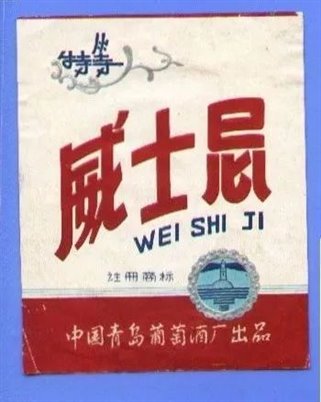
Later, as some private distilleries were nationalized, the number of whiskey brands also decreased. Qingdao State owned Winery became the main whiskey producing enterprise in Qingdao, but its production significantly decreased until it went bankrupt in the 1990s.
Whiskey produced in Qingdao has been used multiple times by Chinese diplomatic missions in international hospitality events, and at that time, the price in the domestic market was about two yuan.
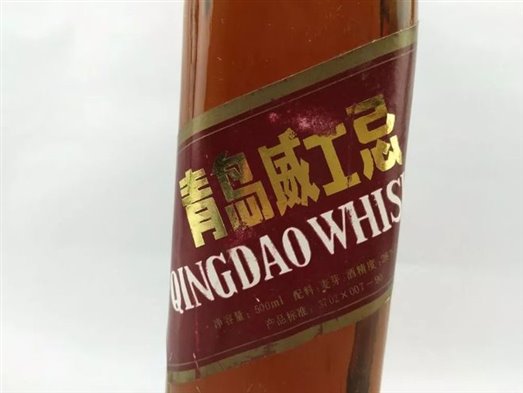
In the 1960s, in order to enhance the flavor of Scottish whiskey, especially peat flavor, manufacturers also found peat similar to Scottish whiskey manufacturers in China to filter the liquor…
At the same time, state-owned breweries in other provinces and cities in China have also been involved in the brewing of whiskey, which can be described as "blooming in many places".
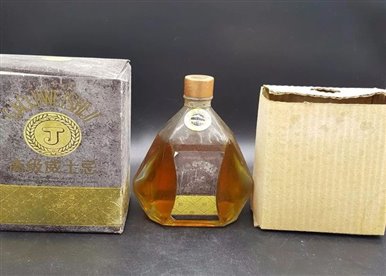
Jilin Changbai Mountain Winery once launched a high-end whisky in the early 1980s, which was quite interesting just by looking at the bottles. It's just that this bottle of whisky with "Chinese characteristics" was mixed with Northeast sorghum liquor during the brewing process, which is a bit confusing.
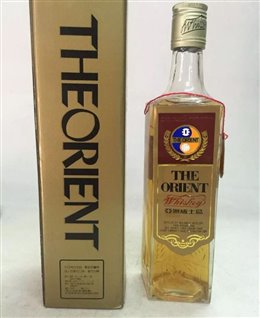
In the early 1990s, Yibin Wuliangye Distillery produced a "Yazhou Whiskey". The most remarkable thing about this wine is that it was developed in collaboration with the Sichuan Provincial Institute of Traditional Chinese Medicine, adding many local crops and traditional Chinese medicine (this familiar formula reminds me of xx medicinal wine). It was not long after it was launched, but it was gradually stopped due to no one's interest.
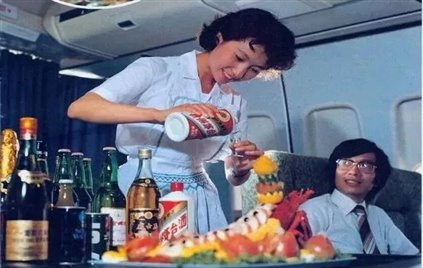
In addition, in the early 1980s, brands such as "Wuyang Whiskey" produced by Guangzhou Beverage Factory, "Zhonghua Whiskey" produced by Beijing Winery, and "Panda Brand Whiskey" brewed by Chinese Brewery all appeared on the market.
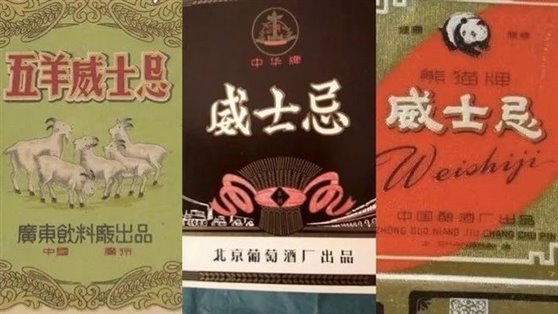
There are also "Zhonghua" whiskey produced by Beijing Winery, as well as waist drum red silk tractors, all of which have distinct characteristics of the times.
Amazingly, in the 1990s, whiskey was also released in Maotai, which was like a flash in the pan and quickly disappeared.
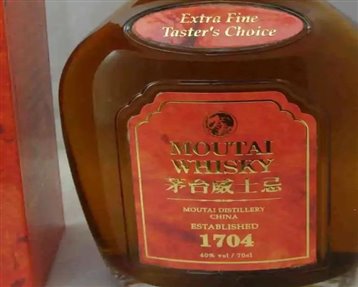
However, at first glance, these wines are quite bluffing. I don't know what kind of barrels I have passed. Maybe it's Baijiu with caramel color or some herbs. Anyway, it's full of oriental mysterious culture color of making assumptions behind closed doors.
After the 1990s, due to weak market demand, most of them switched to wine filling before they developed. In addition, the development speed of whiskey nationwide was slow, and it was not able to form a large-scale market. Many foreign strong brands entered, and the era of domestic whiskey disappeared.
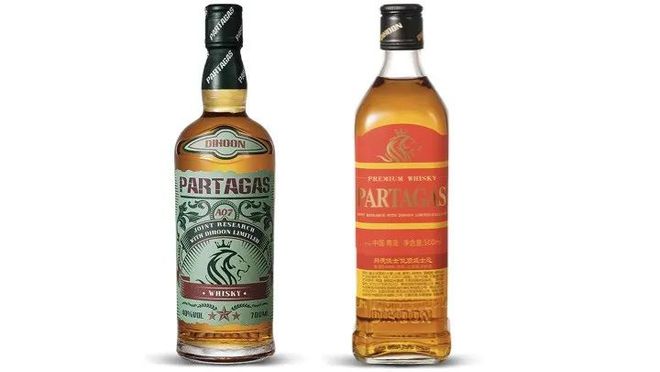
Nowadays, the brand of "Qingdao Whiskey" is still innovating and constantly improving. Considering Qingdao's history of producing local whiskey, the future is still foreseeable. After all, a whiskey fire that could have ignited China was once ignited in modern times in Qingdao.
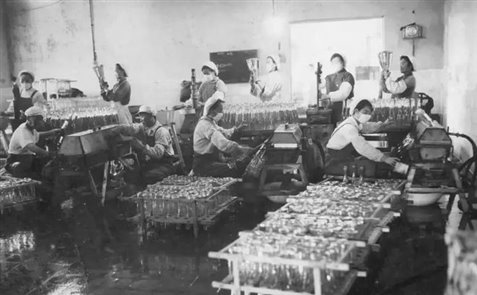
Although acknowledging the gap between us and traditional whiskey exporting powers such as Scotland, the United States, and Japan, we still look forward to the day when our local whiskey will sell well globally.
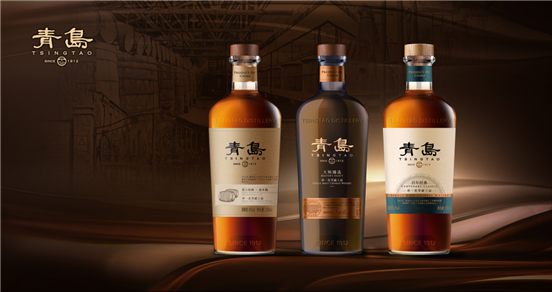

TEL:400 656 9976
WECHAT:Tsingtaowhisky
ADDRESS:North side of Lisha Road, Laoshan District, Qingdao City
Copyright Tsingtao Whisky All Rights ReservedKEEP ON RECORD:鲁ICP备2023011021号-1TECHNOLOGY:DaauuSITEMAP


